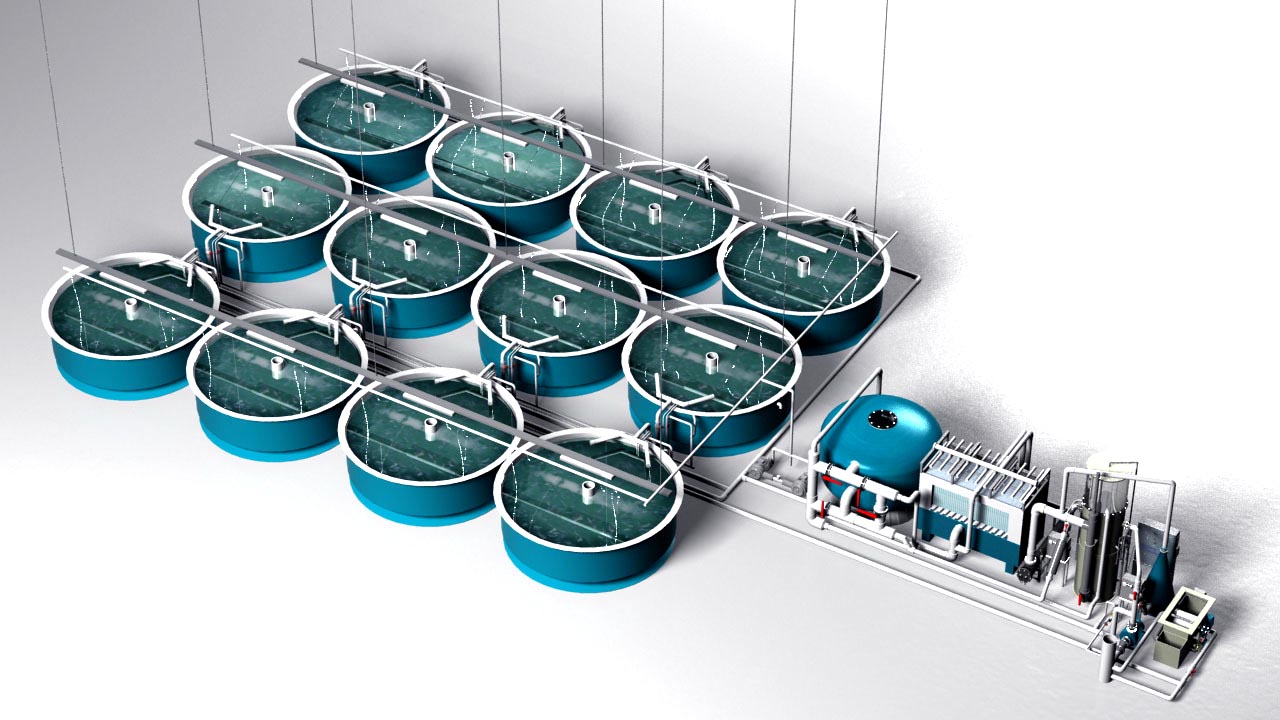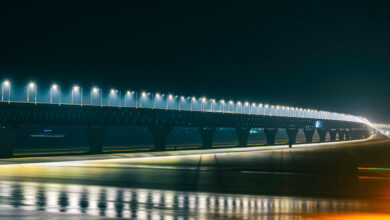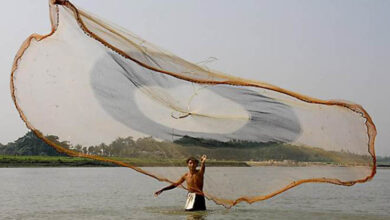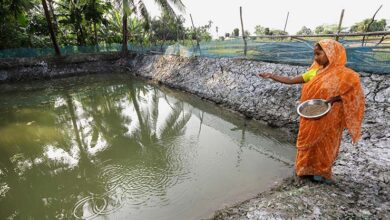
What is RAS?
Recirculating Aquaculture System (RAS) is a water recycling and reuse device that removes suspended debris and metabolites. This approach is utilized for high-density fish production, requiring the least amount of land and water. This method is a novel approach to fish farming. Rather to the regular fish farming, this approach rears fish in large numbers in indoor tanks with a ‘managed’ environment. Recirculating aquaculture is essentially a method of growing fish or other aquatic organisms by reusing water in the production process. The technology is based on the employment of mechanical and biological filters, and the process can be applied to any aquaculture species.
Principle of Recirculating Aquaculture System:
The culture water in a recirculating aquaculture system is continuously cleansed and reused. The system components for purifying water either remove or convert the created waste products, which include solid waste, ammonium, and CO2. Following that, the cleansed water is oxygenated artificially through air pump and returned to the fish tanks. However, it is not possible to build a completely closed recirculating system. Non-biodegradable garbage must be removed, and evaporating water must be replenished. Nonetheless, recirculating systems can reuse 90% or more of the culture water. The reconditioned water circulates throughout the system, and no more than 10% of the system’s total water volume is replaced daily.
The quantity and quality of feed, as well as the kind of filtration, play a significant role in the administration of recirculating systems. In recirculating systems, several filter designs are used, but the primary purpose of all filtration is to remove metabolic wastes, excess nutrients, and particles from the water and ensure good water quality for aquatic species. When planning and investing in aquaculture systems, it is critical to consider all elements. Because the selection of biological filtration is influenced by a variety of circumstances (for example, available space, outdoor temperature, energy expenses, and so on).
Is it beneficial to use RAS in aquaculture?
Recirculating aquaculture system are intended to control the environmental aspects of production by continuously filtering, treating, and recycling water, enhancing operational efficiency while lowering pollution and disease threats. RAS have low land and water requirements, allowing high stocking densities, but they require enormous amounts of energy, resulting in high production costs and waste disposal issues. This methods are usually advantageous when the benefits in fish performance outweigh the additional expenditures. Recirculating aquaculture system grow-out operations are increasingly focusing on species with high market value.
Constrains of RAS:
There are infrastructures, feed, and staff requirements that must be met in order to employ RAS grow outs:
- Good quality fish feed, ideally high protein and fat extruded diets with high digestibility, must be provided.
- For implementing RAS, technically capable employees are required.
- If the power goes out, there must be a constant, uninterrupted backup power supply.
- When compared to ponds and raceways, the capital cost of establishing a recirculating aquaculture system is significant.
Suitable species for RAS:
- Baramundi/ Asian Seabass/Bhetki
- Tilapia
- Pangas
- African catfish
- Shrimps
- Clams
However, it is advocated to promote Backyard Recirculating Aquaculture Systems (RAS) in order to stimulate small-scale fish farmers and entrepreneurs and to facilitate fish production in urban and semi-urban areas where land and water are scarce. The fish farmer must grow as many fish as possible within the built-in capacity in order to compete economically and efficiently with the considerable capital investment in the recirculating system.
Farhana Islam
Agriculturist, Researcher




